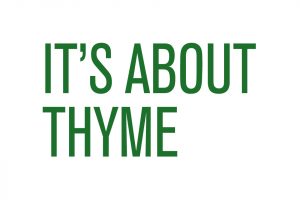Community
Growing a cut flower garden
[dropcap]M[/dropcap]y late aunt was known for her love of gardening. I have written about her backyard before in this column because it was overflowing with flowers of every shape and size. Flower arrangements were her specialty.
Every Saturday until the age of 102 she would put vases together for Sunday morning church from her own yard full of daisies and roses.
After her journey here had ended, I brought home her favorite vase, broken and mended again and again over many years. It now holds...





